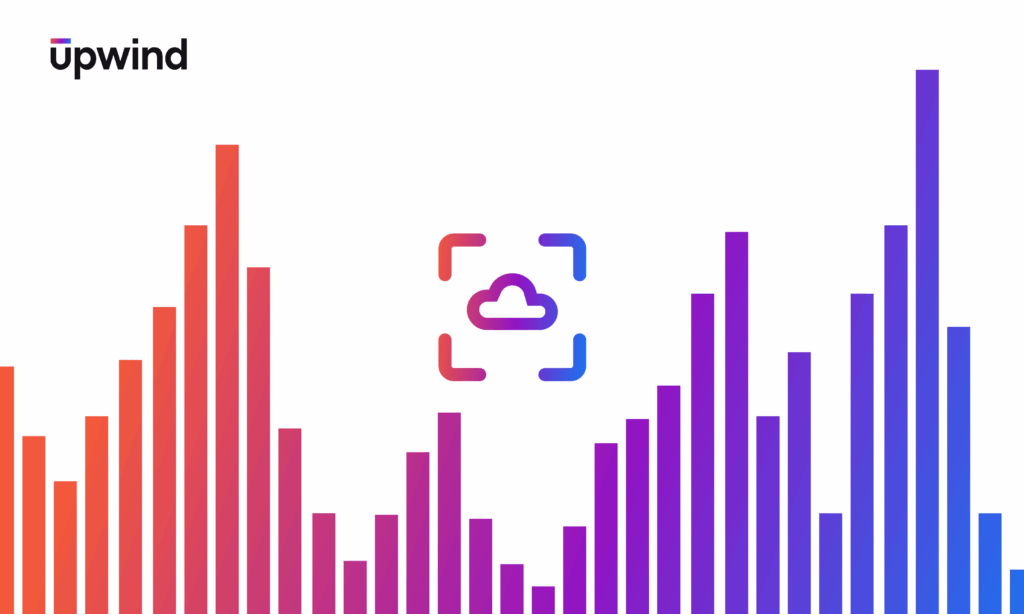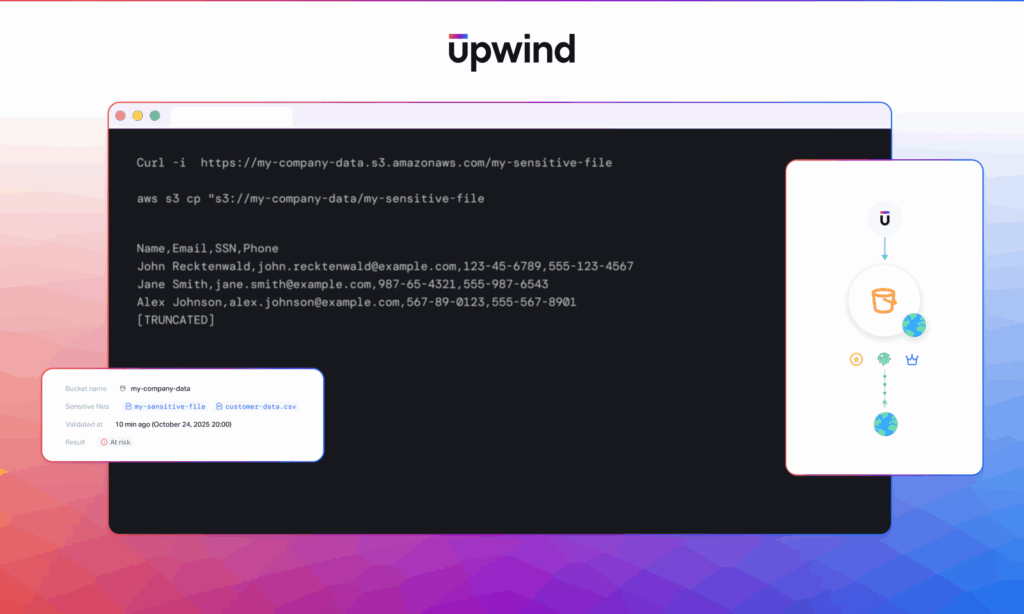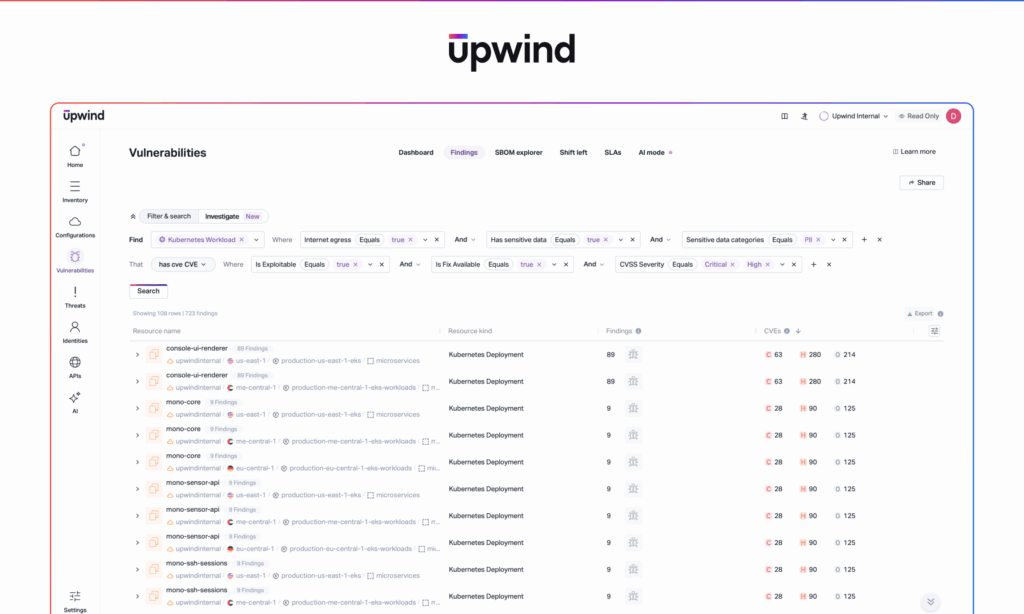
The Hidden Costs of Agentless Cloud Scanning
A deep dive into architectures, trade-offs, and total cost of ownership Agentless cloud scanning has become a foundational capability for cloud-native security. By connecting directly to cloud provider APIs, organizations gain near-instant visibility into configurations, assets, and vulnerabilities without deploying agents or modifying workloads. The operational appeal is clear: agentless scanning reduces friction for DevOps, […]

Upwind Delivers Security Feedback where Developers Already Work, in GitLab
We’re thrilled to announce that Upwind now automatically posts concise, runtime-informed vulnerability feedback directly on GitLab merge requests when enabled in your CI/CD pipeline. Developers spend most of their time in merge requests, where they also need security context. As part of our Shift Left capabilities, Upwind brings prioritized, contextual findings into the GitLab review […]

Automate Cloud Risk Management, Mitigation and Response with Tines and Upwind
Modern cloud environments generate an overwhelming volume of configuration and security alerts, leaving teams struggling to separate signal from noise. Manually investigating and remediating critical risks slows response times and increases exposure. Together, Upwind and Tines solve this by combining Upwind’s runtime-powered insights, findings, and detections with Tines’ intelligent workflow platform—allowing teams to detect, prioritize, […]

End-to-End Application Risk Management with Upwind and Endor Labs
Organizations today face mounting pressure to manage vulnerabilities across increasingly complex cloud environments and software supply chains. According to Gartner, 45% of organizations worldwide will have experienced attacks on their software supply chains by 2025, a threefold increase from 2021. This surge highlights the need for proactive, integrated security solutions that not only uncover vulnerabilities […]

Introducing Upwind’s ‘Open Source Security’ Model for Extreme Ownership of Cloud Risks
In today’s fast-paced cloud environments, risks and threats evolve by the minute, and teams closest to the code and infrastructure need the ability to understand their security posture, but also the flexibility of taking ownership of how to prioritize and remediate any given risk. In order to do so, security professionals need a way to […]

Upwind Pursues FedRAMP Certification to Power Trusted Federal Cloud Solutions
Upwind is advancing federal cloud security with the pursuit of FedRAMP Moderate Equivalency, in partnership with Coalfire, the leading FedRAMP advisor and assessor. This milestone clears the way for the enterprises, integrators, and software vendors that serve government agencies to deliver live runtime protection with the compliance assurances their customers demand. By working with Coalfire […]

Upwind Accelerates Time-to-Value for NIST Compliance
We’re excited to announce that Upwind now supports the NIST Cybersecurity Framework, giving organizations a faster and more effective path to achieving compliance across their environments. With this release, all Upwind customers can map their entire cloud and containerized infrastructure to NIST controls in a single day, gaining instant visibility into alignment, gaps, and risk. […]

Upwind Named to Fortune’s Cyber 60 for 2025-26
We’re thrilled to announce that Upwind has once again earned a spot on the prestigious Cyber 60 list, the definitive ranking of the 60 fastest-growing cybersecurity companies worldwide, compiled by Lightspeed Venture Partners in partnership with Fortune and AWS. This list recognizes the 60 fastest-growing cybersecurity startups, highlighting our commitment to innovation and delivering an […]

Reinventing CSPM with Dynamic Testing of Security Risks
In modern cloud environments, risk moves between developers pushing new code, operations managing infrastructure, and security teams overseeing the broader threat landscape. In addition to the shared risk and collaboration challenges, teams are also often inundated with thousands of configuration alerts on a daily basis, making it difficult to prioritize truly critical risks with evidence […]

Accelerate Vulnerability Investigations with Visual Contextualized Queries
Modern cloud environments generate a constant stream of vulnerability information across thousands of assets, frameworks, and packages. While filters are essential to navigate this data, they can quickly become overwhelming as environments grow. Upwind’s new Investigate tab introduces a more efficient and guided way to explore vulnerabilities. Instead of relying on long lists of filters, […]




